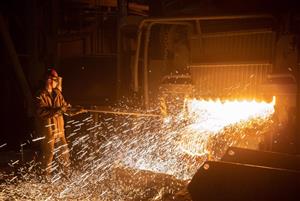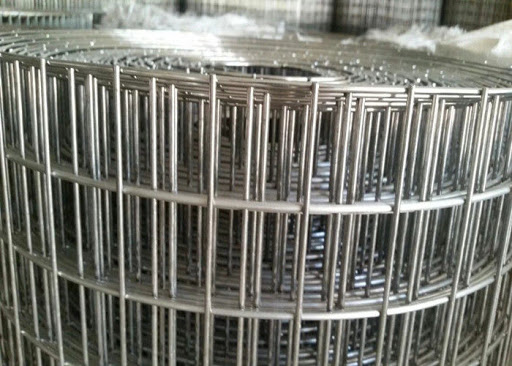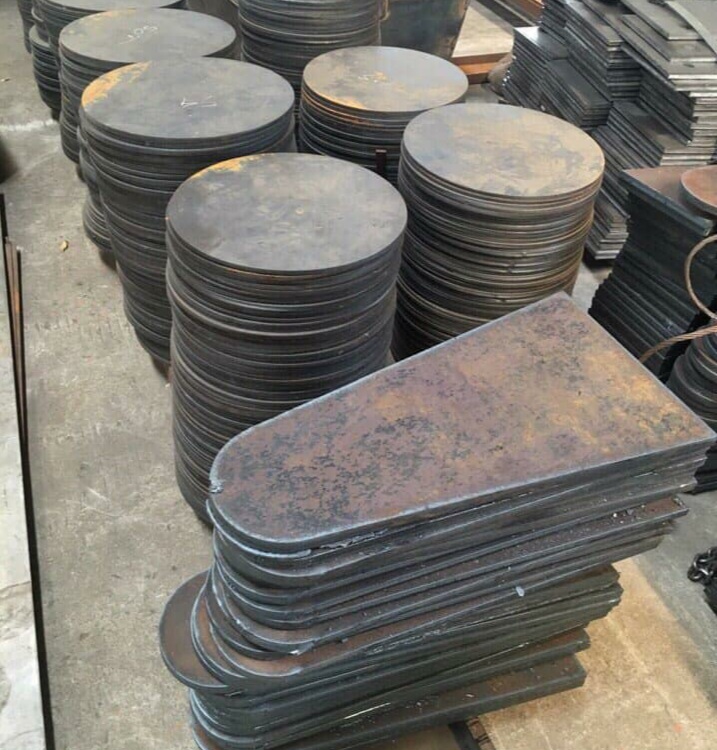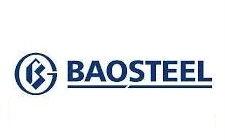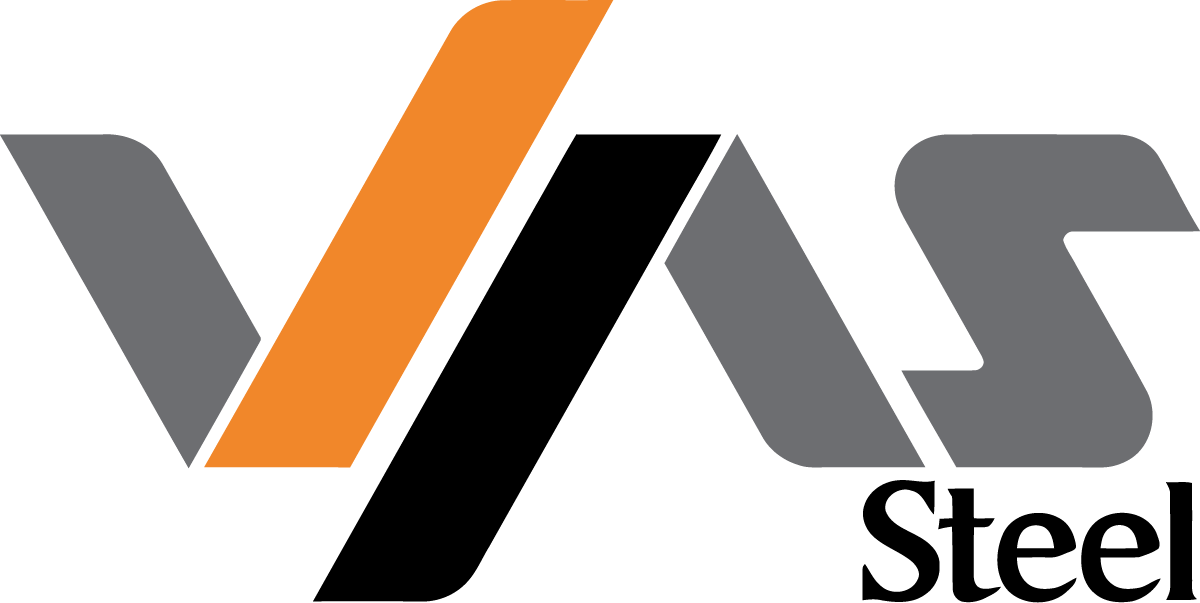The introduction of steel metal has contributed greatly to the development of mankind. Since steelmaking technology reached a new height, when the structure of steel became stronger, steel appeared more and more in the construction of roads, bridges, houses and gradually replaced construction materials. other constructions such as stone and wood because of the solidity and ease of forming of steel. Moreover, steel is also the main raw material for other industries such as shipbuilding, transportation vehicles, factory construction, and the production of machinery and equipment for production to create products for life. human life.
Recognizing the importance of the steel industry, most countries have spent a lot of time and policies on research and development of the steel industry. Because steel is considered the main raw material for other industries. With the goal of turning the country into an industrialized and modernized country. Vietnam has considered the steel manufacturing industry as a pillar industry of the economy, meeting the maximum demand for steel products of other industries and increasing exports. In addition, the government has spent many policies to encourage other economic sectors to invest in the steel industry in order to make the most of the remaining capital and human resources of the industries, promote economic development, and ensure jobs. jobs for workers.
HISTORY OF VIETNAM STEEL INDUSTRY
Before going into find out the current situation of Vietnam's steel industry. We would like to give a brief overview of the history of the steel industry, the process of formation and development, so that investors can clearly see the opportunities and challenges for Vietnam's steel industry now and in the future.
Vietnam's steel industry started in the early 60s of the twentieth century with the first batch of iron from the Thai Nguyen Iron and Steel Complex, supported by China. Although the first batch of cast iron was born in 1963, it was not until 1975 that Vietnam had rolled steel products. After that, the period of 1976 - 1989 was the time when the steel industry did not make significant progress, only developed at a moderate level. The cause of this moderate development must include the difficult situation of the economy, the country fell into crisis, and agriculture was given the first priority. Besides, Vietnam is a country belonging to the socialist system, given priority to import cheap steel from the former Soviet Union and other socialist countries. Because imported steel is much cheaper than domestic production, Vietnam chose to import steel to meet domestic demand, so the steel industry did not develop. Output is only maintained at 40,000-85,000 tons/year.
Due to the implementation of the Government's policy of economic renewal and opening-door policy, in the period 1989 - 1995, the steel industry began to have a significant growth, domestic steel production exceeded 100,000 tons/year. Marking the outstanding development of Vietnam's steel industry was the birth of Vietnam Steel Corporation in 1990. The corporation was established with the aim of unifying the management of the state-owned steel industry in the country. During this period, Vietnam's steel industry seemed to have changed, with many in-depth investment projects and joint ventures with foreign partners being implemented. Vietnam's steel industry also attracts attention from other key sectors of the economy such as mechanical engineering, construction, defense... to invest in small steel production projects to serve the development of the government. own industry. Rolled steel output of the Steel industry in 1995 reached 450,000 tons/year, equivalent to 4 times increase compared to 1990. According to the model of Corporation 91, in April 1995, Vietnam Steel Corporation was established on the basis of consolidated base between Vietnam Steel Corporation and Metallurgical Corporation.
In the period 1996 - 2000, Vietnam's steel industry grew at a high rate and there were many new investment projects in depth, there were 13 more joint venture projects, including 12 joint-venture steel rolling and processing factories. post-roll variable. In 2000, the steel industry reached an output of 1.57 million tons.
From 2000 onwards, due to the impact of the open door policy and economic integration, Vietnam became one of the potential destinations to attract many investment projects from foreign partners. Accordingly, the demand for construction steel as well as steel used in other industries increases. Vietnamese enterprises have the conditions to expand production and business activities, invest in depth in projects to maximize the economic development of the country. Over the past few years, Vietnam's steel demand has been growing at a double-digit rate each year. In response to that increase, the steel production output of domestic enterprises increased sharply year by year. However, the recent situation shows that, the supply of steel industry is still not enough for demand, domestic steel production is not enough to meet domestic construction demand, with the shipbuilding industry seems to have to import raw steel entirely due to the domestic technical level does not meet the demand for quality.
 English
English  Vietnamese
Vietnamese





.jpg)
.jpg)
w300.jpg)
